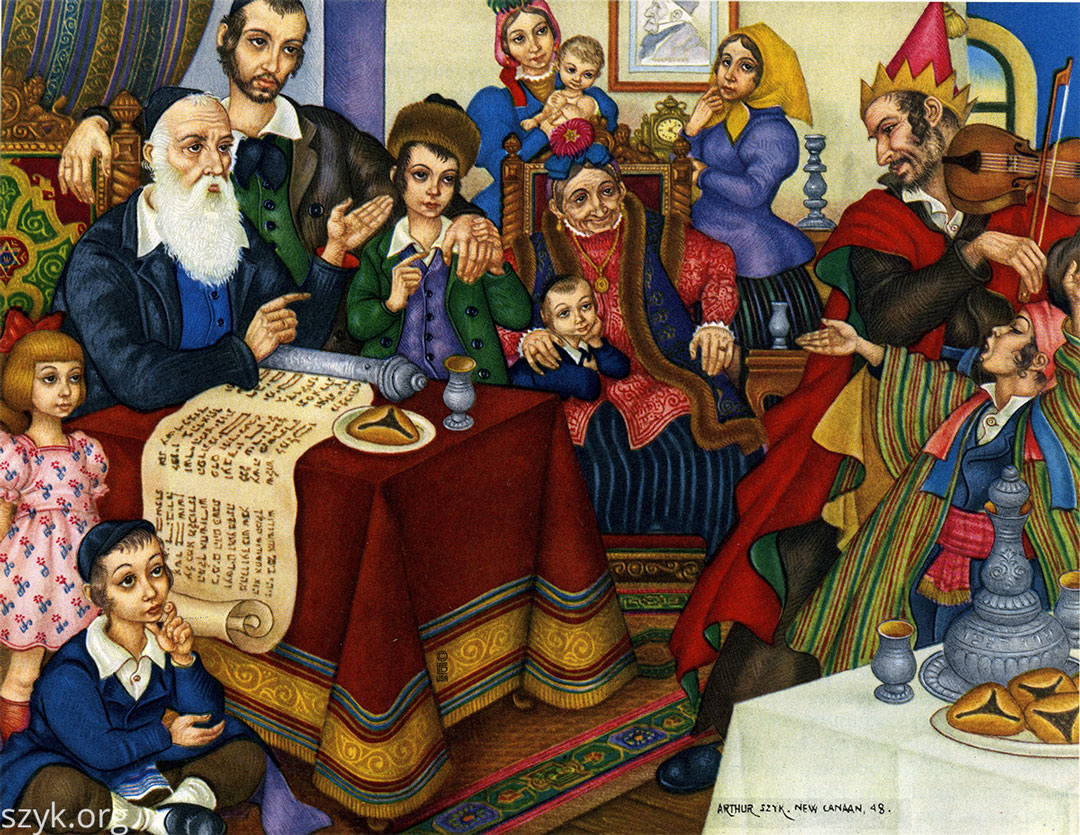I begyndelsen var festen?
Fest, ritual og religion
DOI:
https://doi.org/10.7146/rt.vi76.145257Nøgleord:
feast, ritual, Brian Hayden, Michael Dietler, Mary Weismantel, Amiatai Etzioni, Chloe Nahum-Claudel, Émile Durkheim, Hebrew Bible, 1 Sam 1, Nehemiah 8, festing in ChristianityResumé
ENGLISH SUMMARY: The article discusses the concept of feasts as a possible important religio-phenomenological category. Against archaeological-anthropological theorizing according to which feasts are essentially battlegrounds for status competition (Hayden, Dietler), I argue (with Weismantel, Etzioni, Nahum-Claudel) for a more basic understanding of feasts as joyful gatherings of persons not normally together or eating and drinking together. Feast in this understanding is practically identical with Durkheim’s vision of social gatherings and the emergence of religion (and thereby culture) in outbursts of collective effervescence. Underneath actual religious rituals and more or less non-religious feasts (called ‘Feast1’) is a more fundamental gathering of which both rituals and normal feasts (called ‘Feast2’) are transformations. The article includes two narrative examples from the Hebrew Bible: Hannah and the sacrifice in Shilo (1 Samuel 1) and Ezra’s reading of the law of Moses (Nehemiah 8) and some remarks on feasting in early Christianity.
DANSK RESUME: Artiklen her diskuterer begrebet ‘fest’ som en mulig central religionsfænomenologisk kategori. Imod arkæologisk-antropologiske teorier om fester som essentielt kamppladser for social status (Hayden, Dietler) argumenterer jeg (med Weismantel, Etzioni, Nahum-Claudel) for en mere basal forståelse af fester som muntre forsamlinger af personer der i dagligdagen ikke er sammen og ikke spiser og drikker sammen. I denne forstand ligger ‘fest’ nær Durkheims forståelse af religionens (og kulturens) oprindelse i forsamlingers spontane udbrud af effervescens. Under både etablerede religiøse ritualer og mere-eller-mindre ikke-religiøse fester ligger således en mere fundamental fest (kaldet ‘Fest1’), der kan transformeres og manifesteres som ritual eller som fest (kaldet ‘Fest2’). Artiklen afrundes af to eksempler på fester fra Det Gamle Testamente: fortællingen om Hanna og offeret i Shilo (1 Samuels Bog 1) og Ezras oplæsning af Moses’ lov (Nehemias 8) samt bemærkninger om fester i tidlig kristendom.
Downloads
Publiceret
Versioner
- 2025-05-28 (6)
- 2025-05-28 (5)
- 2025-05-02 (4)
- 2025-03-13 (3)
- 2024-05-12 (2)
- 2024-05-12 (1)
Citation/Eksport
Nummer
Sektion
Licens
Copyright (c) 2024 Forfatter(ne)

Dette værk er under følgende licens Creative Commons Navngivelse (by).
Alt publiceret materiale i RvT fra og med nr. 75 (2023) er underlagt en CC BY 4.0 licens, og forfatteren har ophavsretten dertil.
Forfatteren og RvT deler ophavsretten til materiale publiceret inden nr. 75





